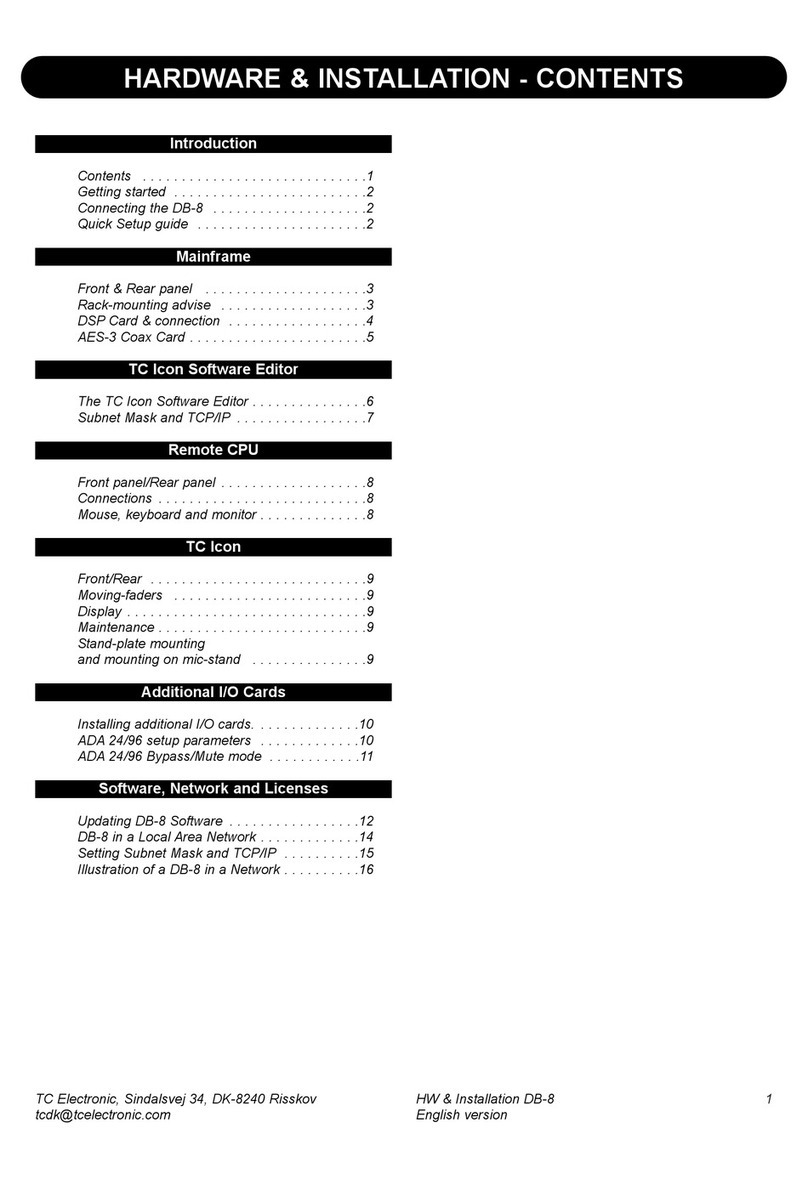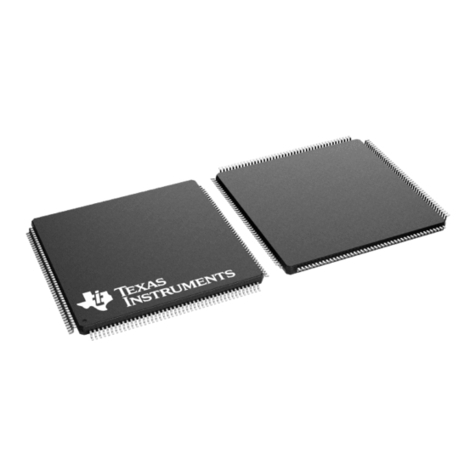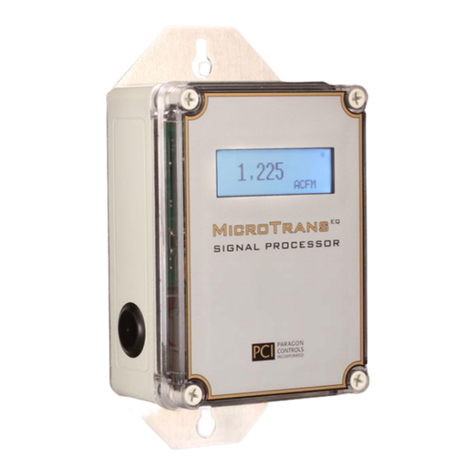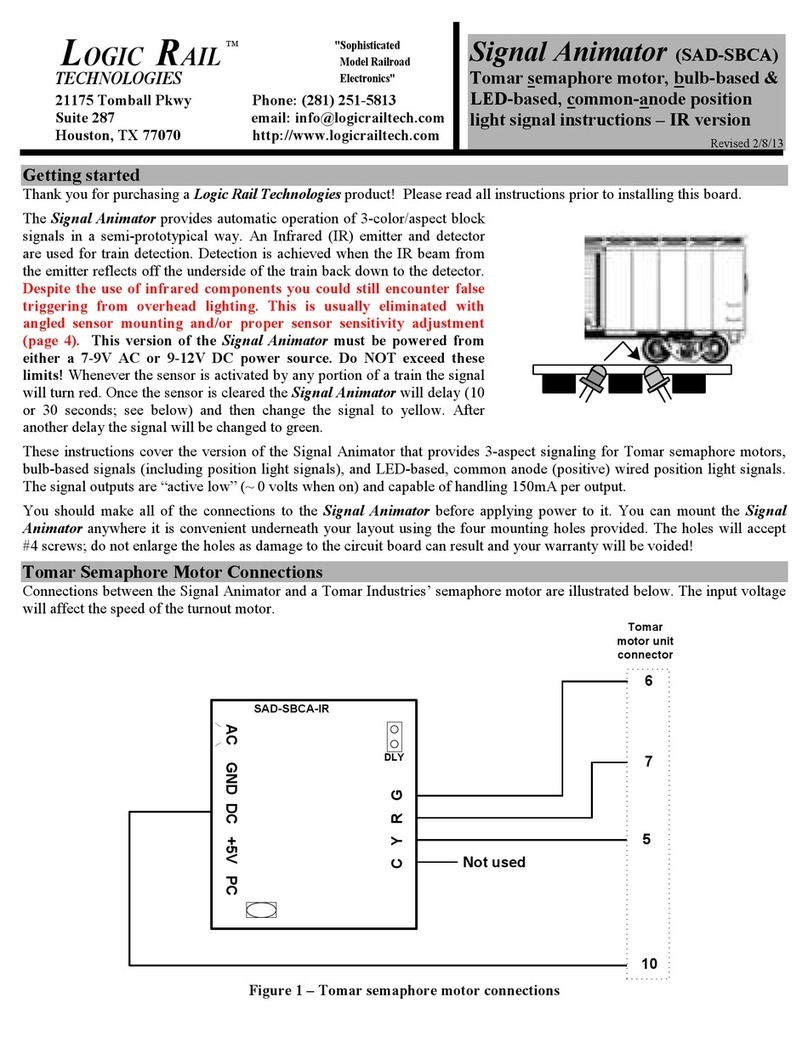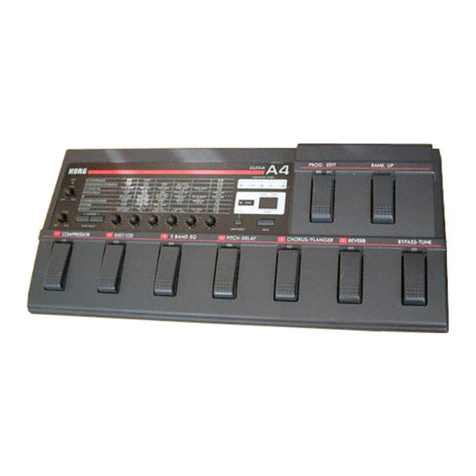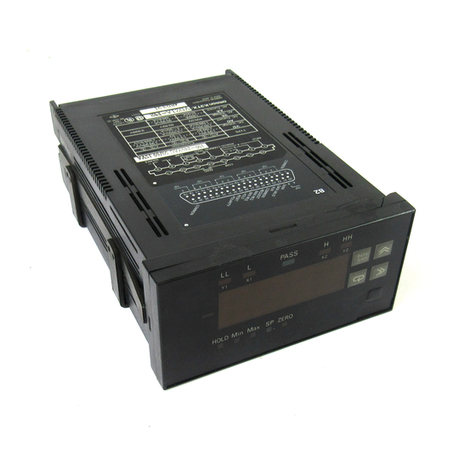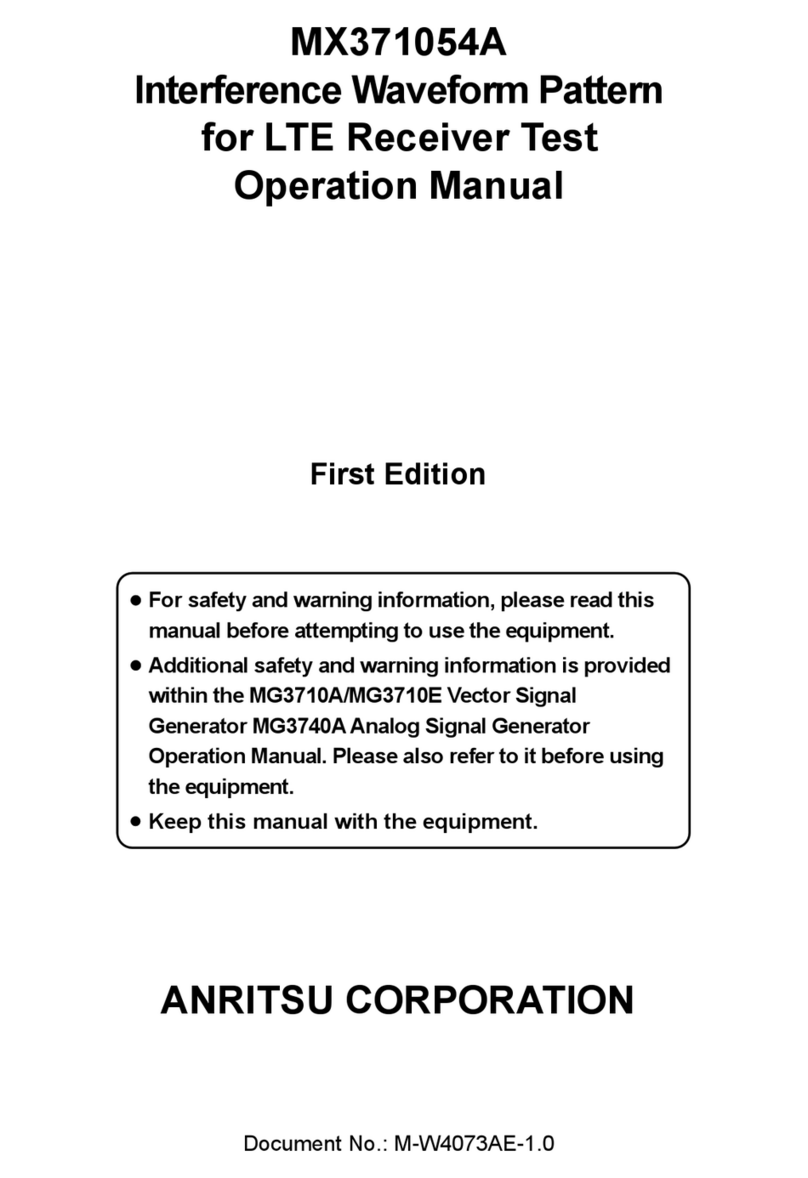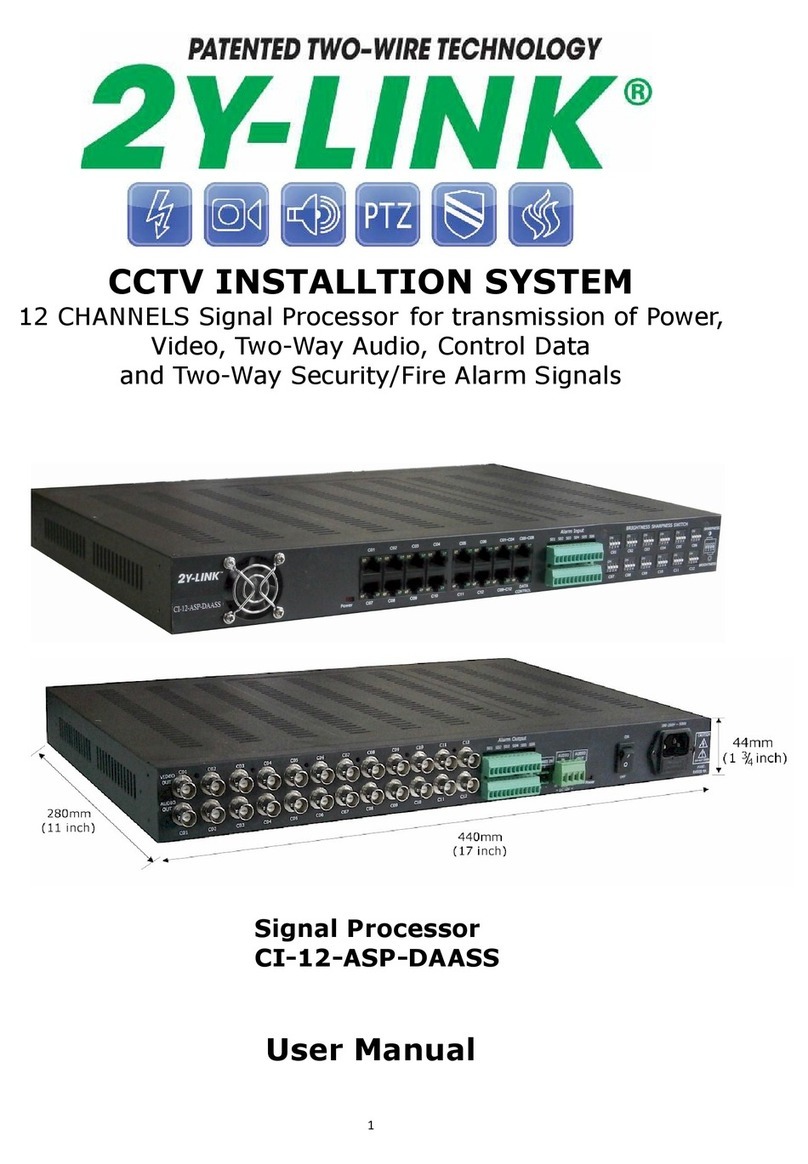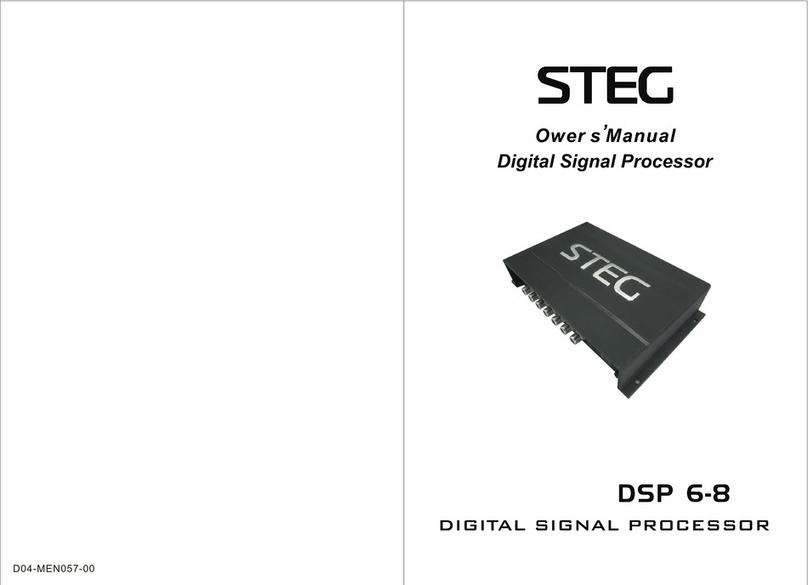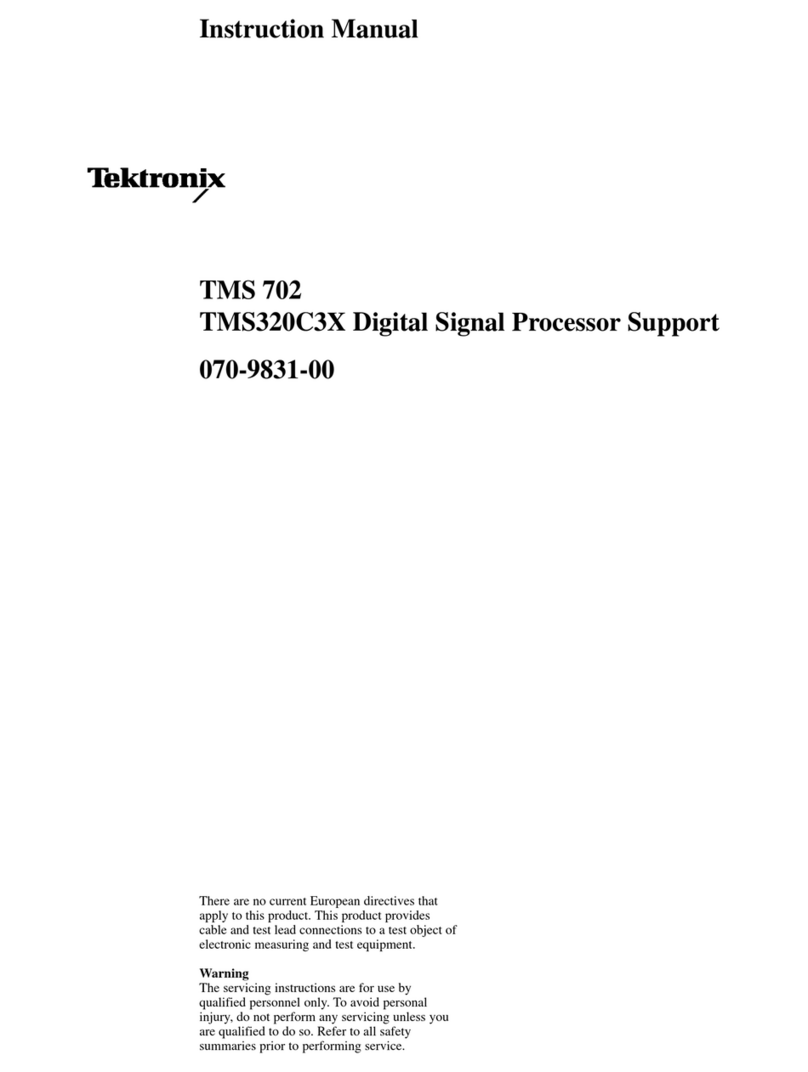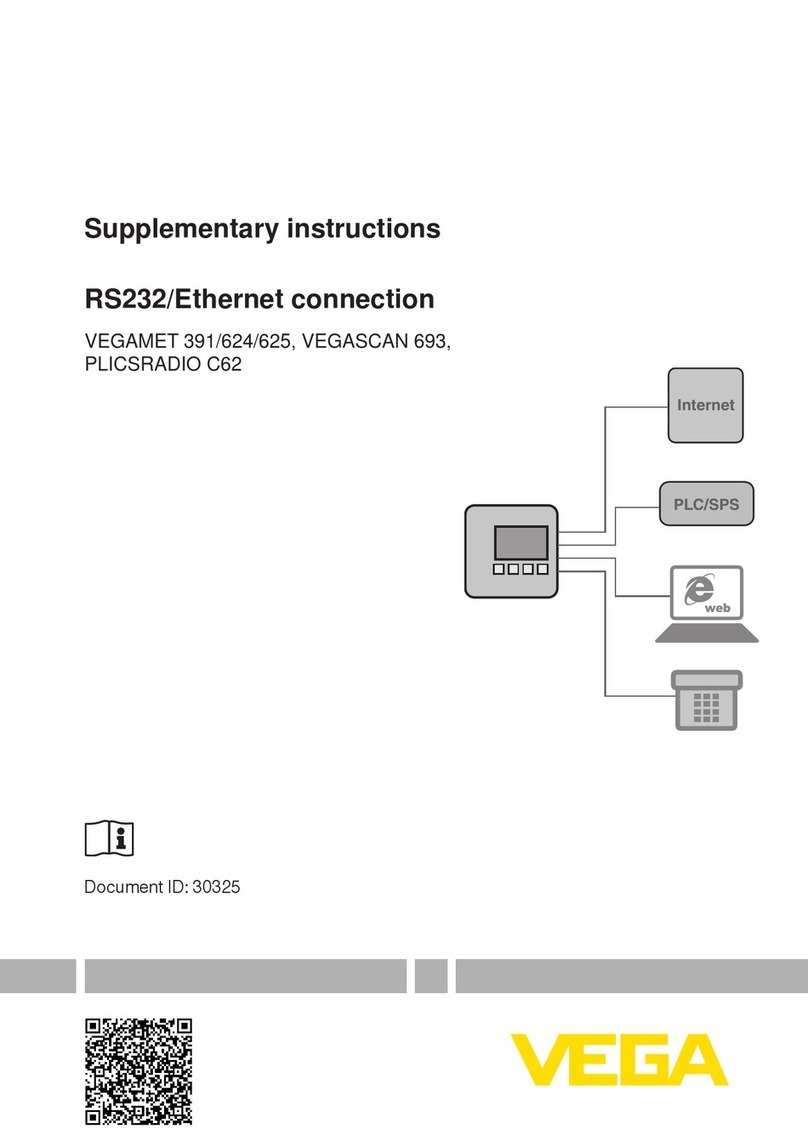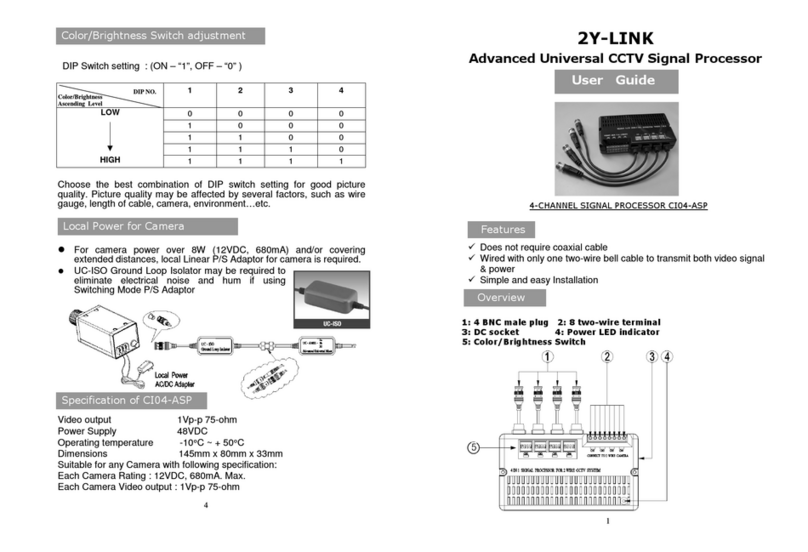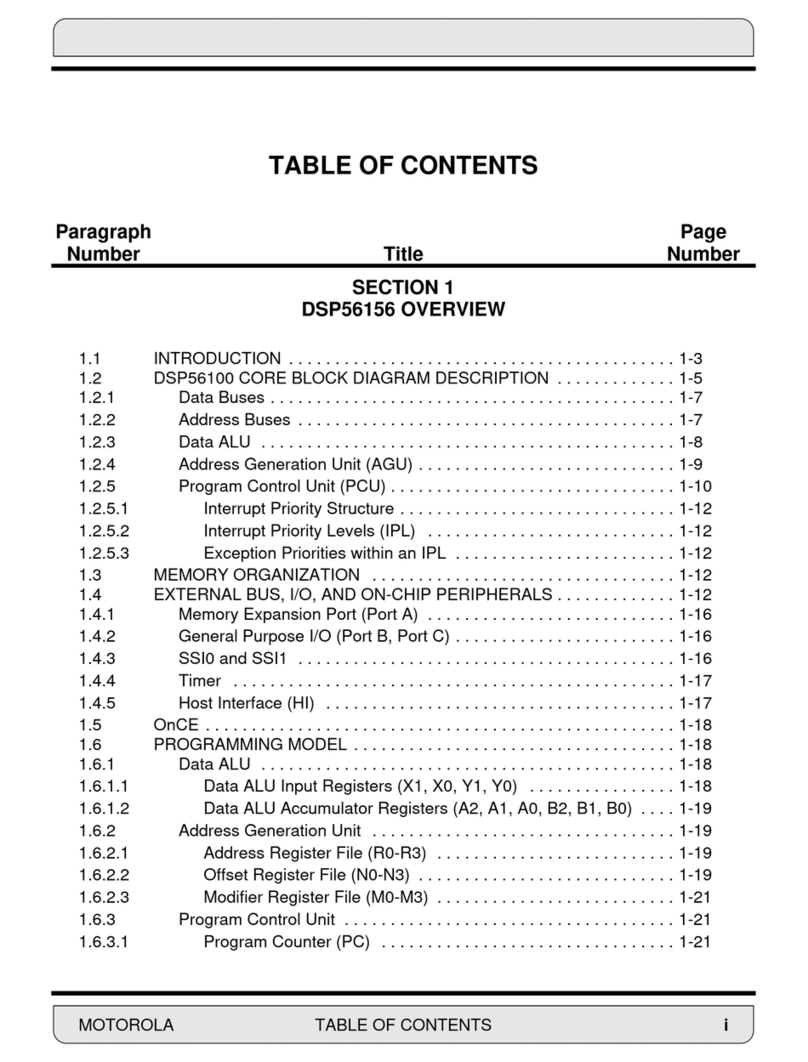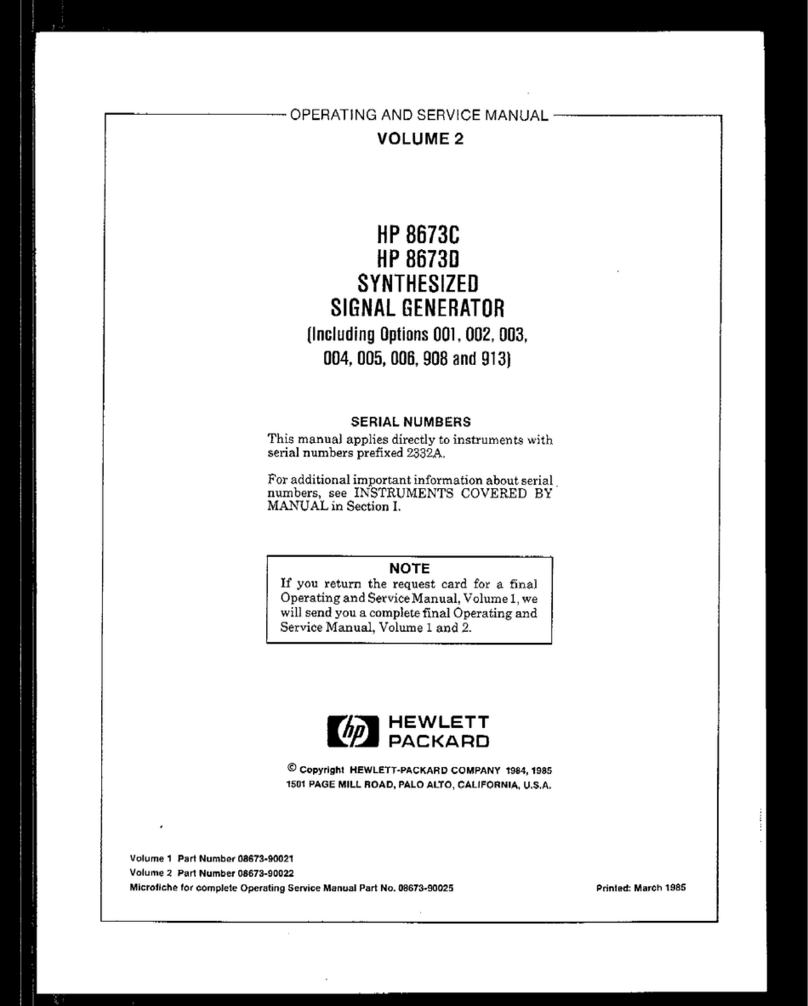
1
L
OGIC
TECHNOLOGIES
R
AIL
"Sophisticated
Model Railroad
Electronics"
TM
21175 Tomball Pkwy Phone: 281) 251-5813
Suite 287 email: info@logicrailtech.com
Houston, TX 77070 http://www.logicrailtech.com
Block Animator
Tomar semaphore motor, bulb-based &
LED-based, common-anode position
light signal instructions
Revised 10/20/18
Getting started
Thank you for purchasing a Logic Rail Technologies product! Please familiarize yourself ith all the instructions prior to
installing this board. These instructions cover the version of the Block Animator that provides 3-aspect signaling for Tomar
semaphore motors, bulb-based signals (including position light signals), and LED-based, common anode (positive) ired
position light signals.
The Block Animator (BA) provides automatic operation of t o 3-aspect block signals in a semi-prototypical ay. Four
photocells are used for bidirectional train detection. The layout of the signals (or semaphores) and photocells is illustrated
belo .
Photocell
W1
Photocell
E1
Photocell
W2
Photocell
E2
Signal
EB
Signal
WB
W E
The BA operates the signals as described next. In the absence of any trains the t o signals ill be green. No consider a
train traveling eastbound. When photocell W1 is covered signal WB ill change from green to red and ill remain red as the
train continues eastbound and subsequently covers signal W2. When the train then covers photocell E2 signal EB ill change
from green to red. Once the train has totally uncovered photocells W1 and W2 then signal WB ill change from red back to
green. As the train continues eastbound to ards photocell E1 signal EB ill remain red. Once the train has passed over
photocell E1 and totally uncovers both it and photocell E2 signal EB ill change to yello ; this mimics the behavior of the
train entering the “next block.” After a time delay (10 or 30 seconds; see belo ) signal EB ill change to green. Signal
operation for a estbound train is similar ith signal EB changing from green to red and back to green hile signal WB
changes from green to red to yello and back to green.
You should make all of the connections to the BA before applying po er to it. You can mount the BA any here it is
convenient underneath your layout using the four mounting holes provided. The holes ill accept #4 scre s; do not enlarge
the holes as damage to the circuit board can result and your arranty ill be voided!
The BA board has a set of 6 configuration s itches on it. Each s itch is described belo .
Switch Name Meaning when OFF/OPEN Meaning when ON/CLOSED
SETUP BA is in normal operating mode BA is in photocell setup mode
DELAY Yello to Green delay is 30 seconds Yello to Green delay is 10 seconds
SIG_EB MUST use this setting Do not use this setting
SIG_WB MUST use this setting Do not use this setting
YELHUE Not used Not used
APPRL Approach Lighting is Disabled Approach Lighting is Enabled
Approach Lighting
The concept of Approach Lighting is quite simple. A signal (excluding semaphores) remains dark (not illuminated) until a
train approaches it (i.e. the block in advance of the signal is occupied). This has been primarily used in the estern U.S. in
remote locations here signal equipment operates on battery po er. Having the signals unlit most of the time saves battery
po er as ell as prolongs the life of the bulbs. The “rule” for illumination is simple: the signal shall be illuminated hen the
preceding block is occupied. The BA supports this feature ( hen the APPRL s itch is ON/CLOSED) and orks as follo s.
Signal EB ill be illuminated henever an eastbound train covers photocell W1 and ill keep signal EB illuminated until
photocell E2 is covered and then subsequently uncovered. Note that if the eastbound train covers and then uncovers photocell
W1 but after 35 seconds hasn’t covered photocell E2, then the BA ill assume the train has actually reversed direction and
ill turn the signal off. Similarly, signal EB ill also be illuminated henever a estbound train covers photocell E2 and
ill keep signal EB illuminated until photocell W1 is covered and then subsequently uncovered. The same 35 second
“timeout” mechanism is in effect for this direction of travel too. Signal WB ill operate in a similar manner ith respect to
photocells E1 and W2. You can turn approach lighting on or off at any time. Hopefully it is obvious that if you turn this
feature off then the signals ill be illuminated all the time!


